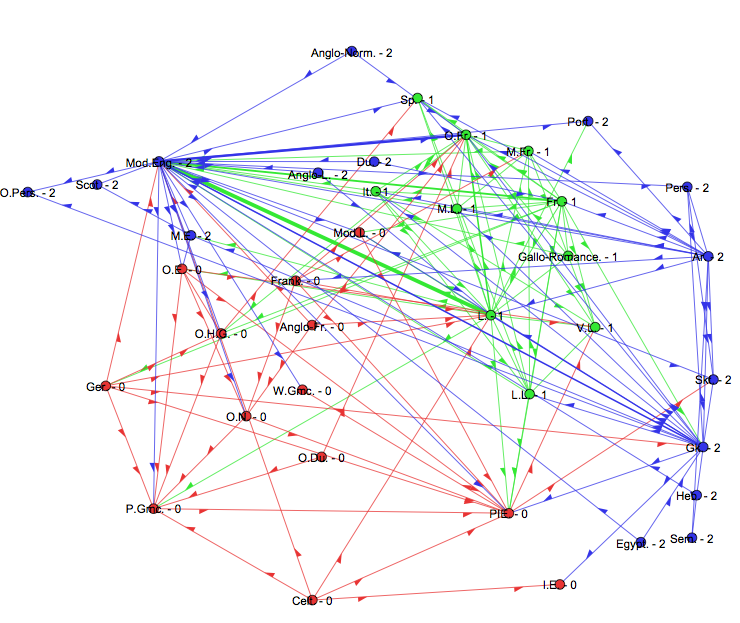A new paper in PlosOne has used new fancy research methods to look at whether humans are more capable of describing a word using just spoken communication, or whether the use of gesture also helps. This research is pertinent to the field of language evolution because it might help us understand if spoken language co-evolved with gesture as well as helping us understand how language is processed in the brain.
This new study builds on previous research in this area by using avatars in a virtual reality setting. Participants were either in control of the movements of their avatar, or not.
The study found that participants were much more successful in communicating concepts when the speaker was able to use their own gestures when explaining a concept using spoken language. The body language of the listener also impacted success at the task, showing the need for nonverbal feedback from the listener.
It’s worth noting that the primary purpose of this research wasn’t to find if gesture is helpful in communication (though that is certainly interesting and worthwhile) but rather whether using virtual reality is fruitful in these kinds of experiments.
The press release discusses some of the problems with using avatars:
The researchers note that there are limitations to nonverbal communication in virtual reality environments. First, they found that participants move much less in a virtual environment than they do in the “real world.” They also found that the perspective of the camera in the virtual environment affected the results.
Lead author, Dr. Trevor Dodds maintains, “this research demonstrates that virtual reality technology can help us gain a greater understanding of the role of body gestures in communication. We show that body gestures carry extra information when communicating the meaning of words. Additionally, with virtual reality technology we have learned that body gestures from both the speaker and listener contribute to the successful communication of the meaning of words. These findings are also important for the development of virtual environments, with applications including medical training, urban planning, entertainment and telecommunication.”
The work was led by Dr. Trevor Dodds at the Max Planck Institute for Biological Cybernetics in Germany.



